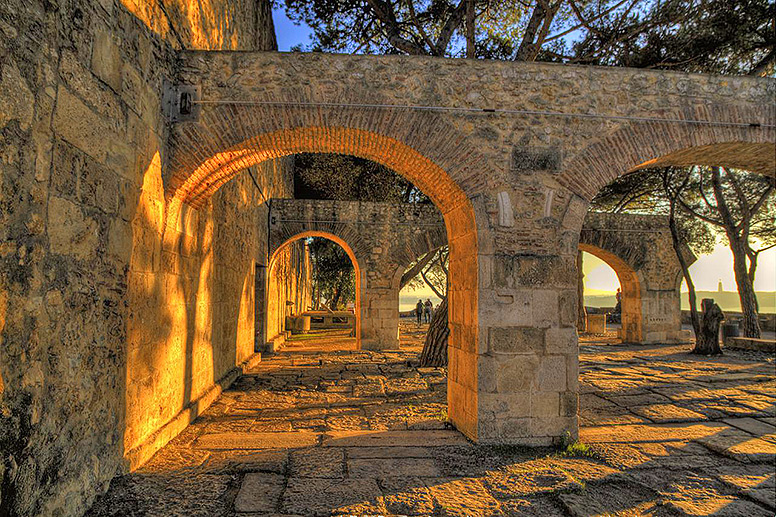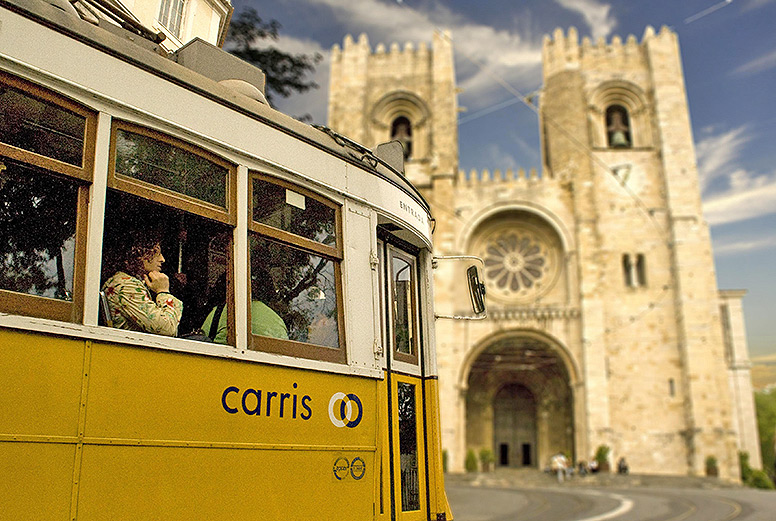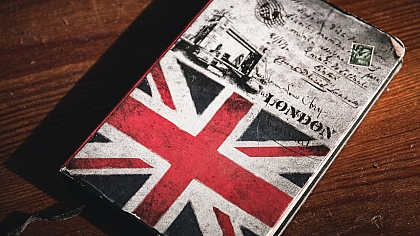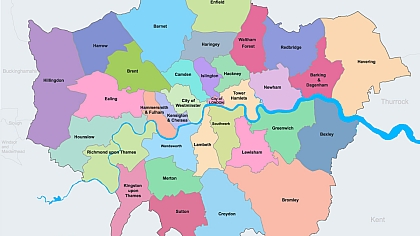Ten Things To Do In Lisbon
Lisbon's history can be divided into two periods: before and after the earthquake of 1755. More than 80,000 people died in just six minutes, and Lisbon was entirely destroyed before rising from the ashes. The city, which is built on seven hills, is a blend of European and Arab traditions.

Despite its large number of attractions, Lisbon is a tiny city that is easy to get around on foot. Take into account the hilly terrain and wear comfortable shoes. Lisbon is charming and appealing because of its colourful streets, the music of fado from nearby houses, and the colourful houses.
A professional writer who also provides a "write my essay online" service to students has compiled a list of 10 things to do in Lisbon.
Walk Around the Castle

St. George's Castle, Castelo de São Jorge, can be seen from almost any place in Lisbon, and this is one of the most stunning viewing platforms. The colour of the castle is provided by peacocks that roam the grounds and can be photographed. Slowly walk along the fortress walls (which you can still climb) to get the best view of the city.
Learn the Legend of the Two Crows

The Cathedral of Saint Mary Major, which is also called Lisbon Cathedral or simply the Sé, is one of Portugal's oldest cathedrals and was built on the site of the Great Mosque after the Christians captured the area in 1150. The cathedral holds the relics of St Vincente, and legend has it that they reached there in an unusual way.
In 1176 on the Tagus River, two crows accompanied the boat carrying the relics of the saint, who had been martyred. The ravens flew up to the tower of Sé Cathedral and made their nest there. The birds lived in the cathedral's yard for hundreds of years. According to legend, the final crow, a descendent of prophetical birds, perished in the late 1970s. Crows are placed on the city's coat of arms as a symbol of Lisbon's faithful guardians.
Honour the Memory of Vasco da Gamá

The Jerónimos Monastery, Mosteiro dos Jerónimos, was founded by King Manuel I during the Age of Discovery. Pay attention to the architectural style of the monastery - known as Manueline. It combines Renaissance, Moorish, and Gothic elements. It is believed that the king asked the Pope for permission to build a monastery in the name of the good luck of Vasco da Gama, who was going to pave the sea route from Europe to India.
Today the monastery is included in the list of the Seven Wonders of Portugal and is considered to be the most visited attraction in the country. This is where Vasco da Gamá is buried.
Fall in Love with Azulejo

Azulejo means "polished tile" in Arabic. The Portuguese learned to make azulejo from the Moroccans in the 16th century. In addition to decorating buildings, tiles have a more important role: they reflect the sun's rays, thereby keeping the room cool. It also helps protect the facade from moisture.
When traveling around the city, pay attention to the house facades; most of the buildings in Lisbon are decorated with azulejos. If you have time, visit the museum dedicated to this tile.
Take a Photograph of the Basilica da Estrela

The two snow-white spires of the basilica can be seen from several vantage points. There is a sad story of Queen Mary I associated with this beautiful place. For a long period, the queen was unable to give an heir to her husband; all of the boys died soon after birth. Then Maria promised to build a church in the city to honour the birth of her son.
The construction of the palace began in 1779 when Prince José was born. The prince died at the age of 27 after suffering smallpox, and the Basilica da Estrela was completed two years later, in 1790. The Basilica da Estrela had been completed. The queen locked herself off from the world after her son died, and she gradually lost her mind. While mourning her son, she decided to be buried in the church she had built in his honour.
Walk to the Belém Tower

The Belém Tower is located a few kilometers from the city center, near the junction of the Tagus River and the Atlantic Ocean. Seafarers set sail from here during the time of major geographical discoveries, and the tower also served as a lighthouse. Don't forget to climb the observation deck.
Take a Ride in the Elevator

The Santa Justa elevator, Elevador de Santa Justa, was created to assist in navigating Lisbon's terrain. The elevator was built in 1902 and has a height of 45 meters. After paying for the elevator, the view of the city opens up from above.
The Carmelite Monastery, which was founded at the end of the 14th century, is located next to the lift. The earthquake of 1755 almost totally destroyed the monastery. Now there is an archaeological museum in the building, where you can get acquainted with the history of the country.
Visit Praça do Comércio

Praça do Comerço is located next to the Tagus riverfront, which many tourists confuse with the Atlantic Ocean. The pedestrian street Augusta begins from the square and is popular with both tourists and locals. The triumphal arch of Lisbon can be seen while walking along with it.
Walk on the Waves

Walking around Rossio Square, notice the black and white tiles in the shape of waves. The Marquis de Pombal ordered them to be laid during the city's reconstruction after the 1755 earthquake so that sailors coming to shore after a long voyage could swiftly regain their vestibular function. Surprisingly, this method of rehabilitation worked well for sailors: a strong gait was restored after a 20-minute stroll "over the waves."
Get Higher

Because Lisbon is built on seven hills, there are numerous viewpoints to choose from. We've previously mentioned some of them, so let's add them to the list.
The Miradouro de São Pedro de Alcântara observation deck is located at the Gloria cable car's top stop. The view of São Jorge Castle and the Tagus River from here is breathtaking. Another option is to visit the Monument to the Discoverers, which has an elevator to the top. You can see the Jerónimos Monastery from here, look at the world map below, and take a picture with the 25 de Abril bridge in the background.
While out and about in Lisbon, don't forget to pick up some of the most popular souvenirs from Portugal for your family and friends!












